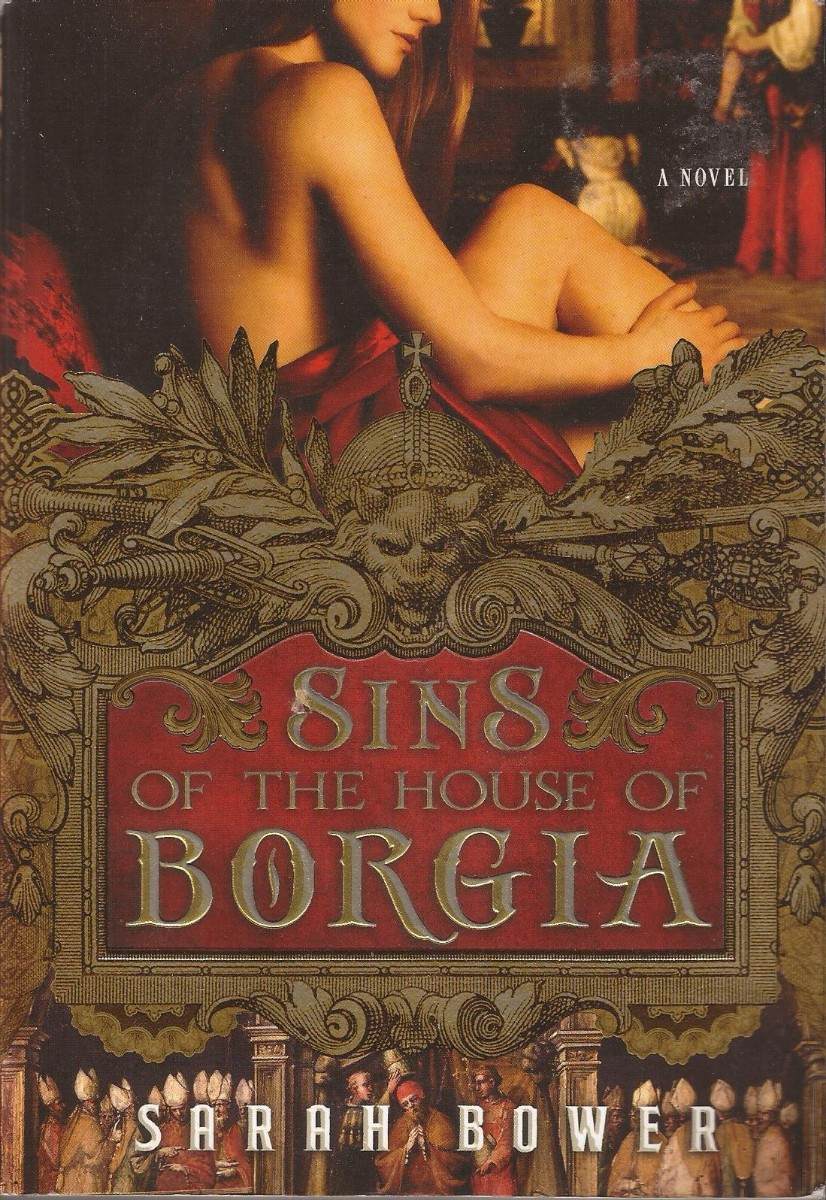Sins of the House of Borgia by Sarah Bower, is a seemingly romantic story with dramatic accents, whose main character is Esther, forced to travel along with her mother from Spain to Italy, because of a period of persecution against Jews, just before the terrible period of the Inquisition.
The girl’s father, a well-known moneylender, leaves early to Rome to find a home and a job that would allow him to support his exiled family.
Esther and her mother go through a long journey and just when they are about to reach the Italian shores, the older woman dies. Arriving safely in the arms of her father, the latter decides it is up to him to provide his daughter with a good education and find her a suitable husband. Since we are talking about the fifteenth century and the Renaissance period, everything seems possible. The former Jew father gains the trust of the papacy and decides that in order to secure the future of his daughter, she must convert to Christianity and become an escort for Lucrezia Borgia, one of the deadliest women in history, along with Caterina de Medicis or Isabella de Castillia.
From this point, the story includes many characters, parties, conspiracies, political and sexual games, tricks, occult practices and many more strange occurrences that have to do with the Renaissance period. Just when she barely gets accustomed with these practices, Cupid’s arrow hits unexpectedly and Esther falls hopelessly in love with Cesare Borgia, the brother of her mistress.
Lucrezia Borgia is a beautiful, refined woman, sometimes with an evil intelligence, sometimes very practical. Like Esther, she is sacrificed for the safety of her family and marries a few times to ensure that the power plans of her father and brother fall into place. Lucrezia and Esther must always show a happy face to a world dominated by intrigue, in order to attract approval and only in the privacy of their boudoir, they are able to be themselves, sensitive, spiritual, fragile and small, just as all women are.
At first, Lucrezia seems to condone the alleged relationship between Esther (nicknamed La Violante at court) and her brother Cesare. However, the truth is revealed at the end, when Esther discovers that Lucrezia and Cesare were always united by a forbidden love that enslaved both of them and determined them to resort to various games and even murder.
Betrayed by her family, her mistress, by the man she loved until the moment of his death, La Violante becomes Esther once again and takes refuge in the islands, where she lived for a short period of time, tormented by love and longing.
Sins of the House of Borgia could easily be named “recipes for destruction” because it is actually a book displaying techniques on how to destroy innocence, self-esteem, love, friendship, trust, family relationships and the list could easily go on. But it is also a book about survival, ambition, strategy, winners and losers, a history lesson and a study of human relationships.

